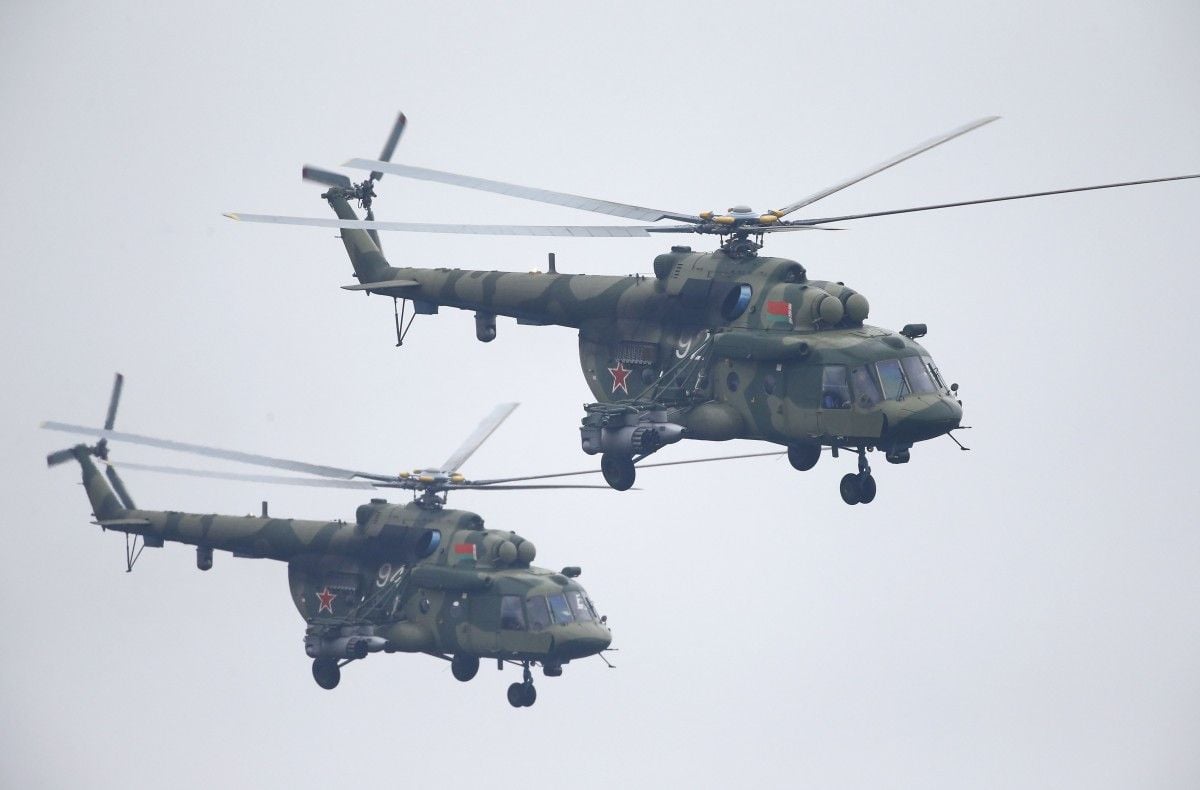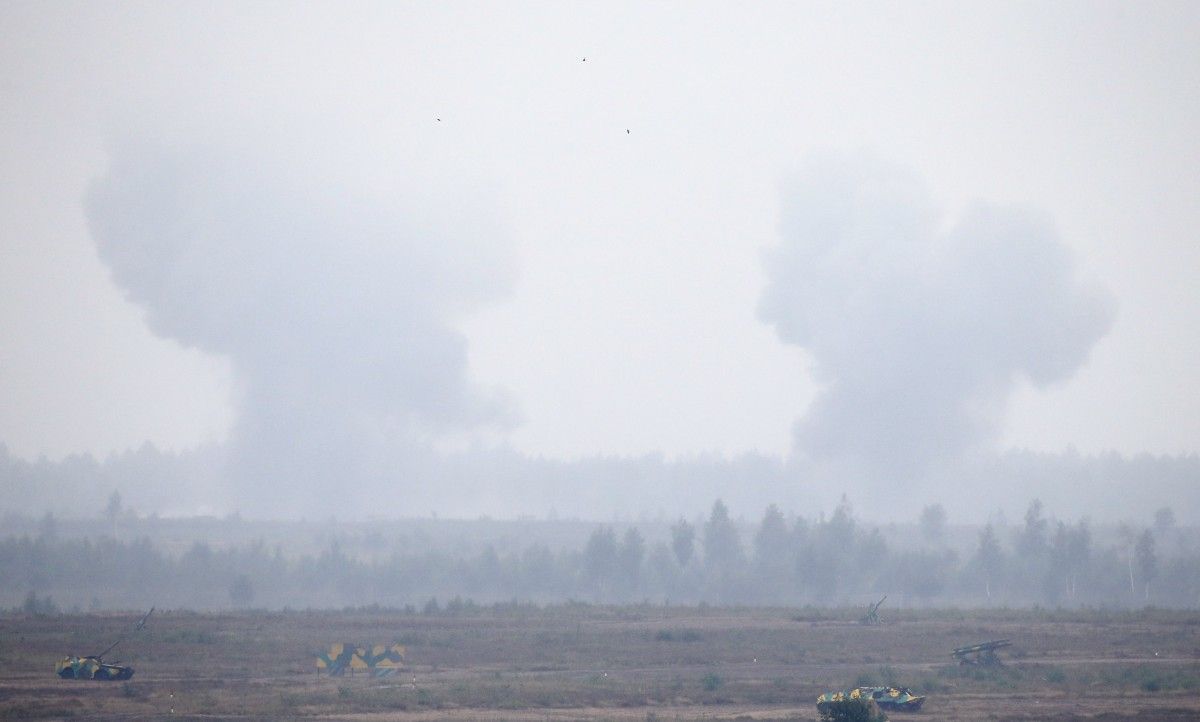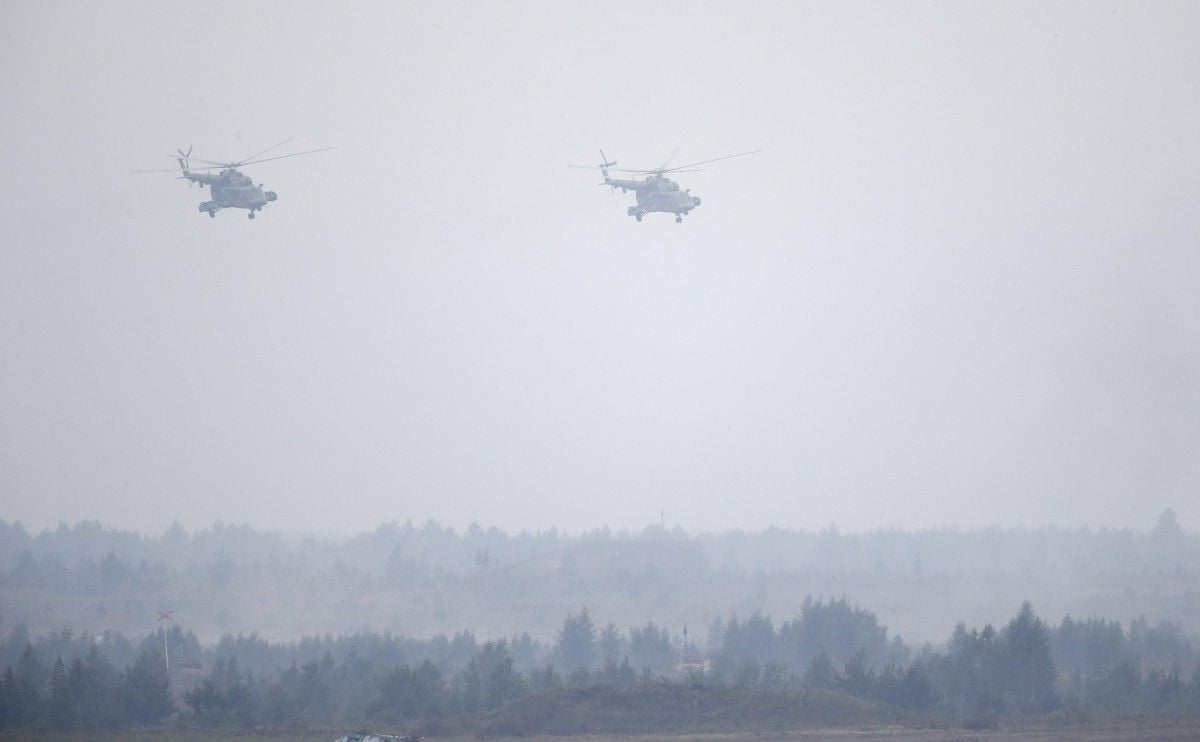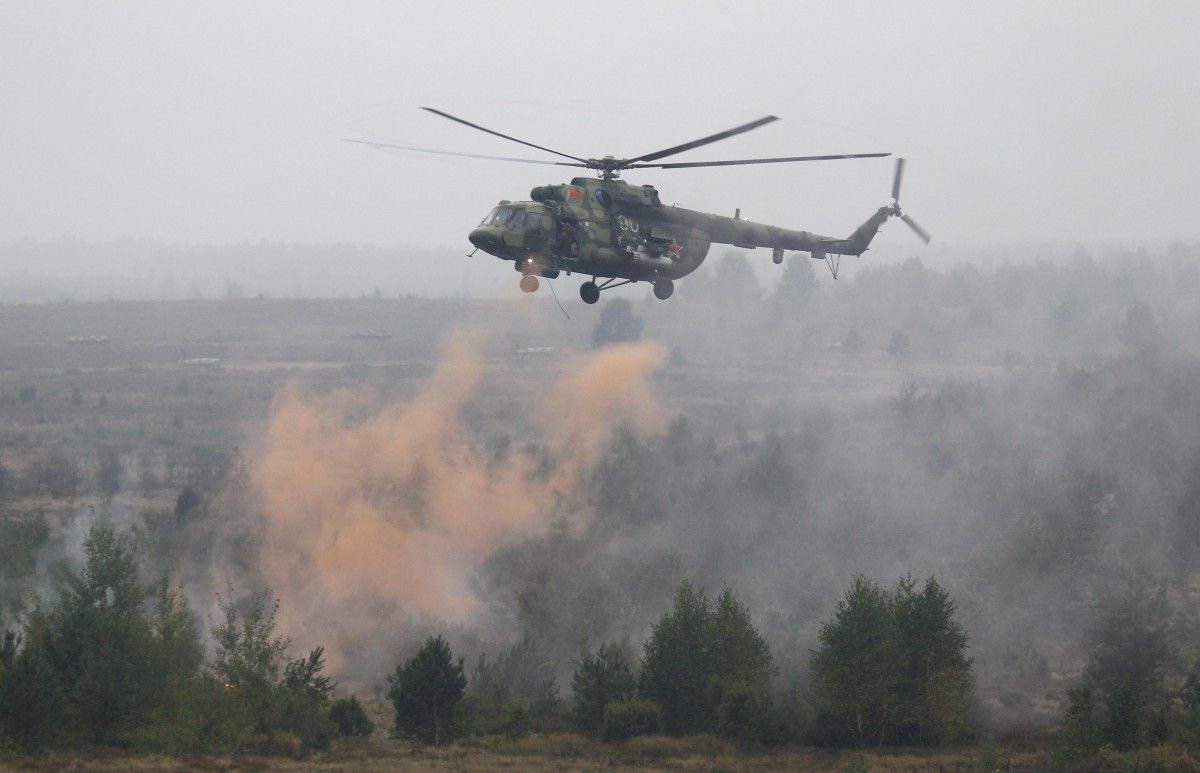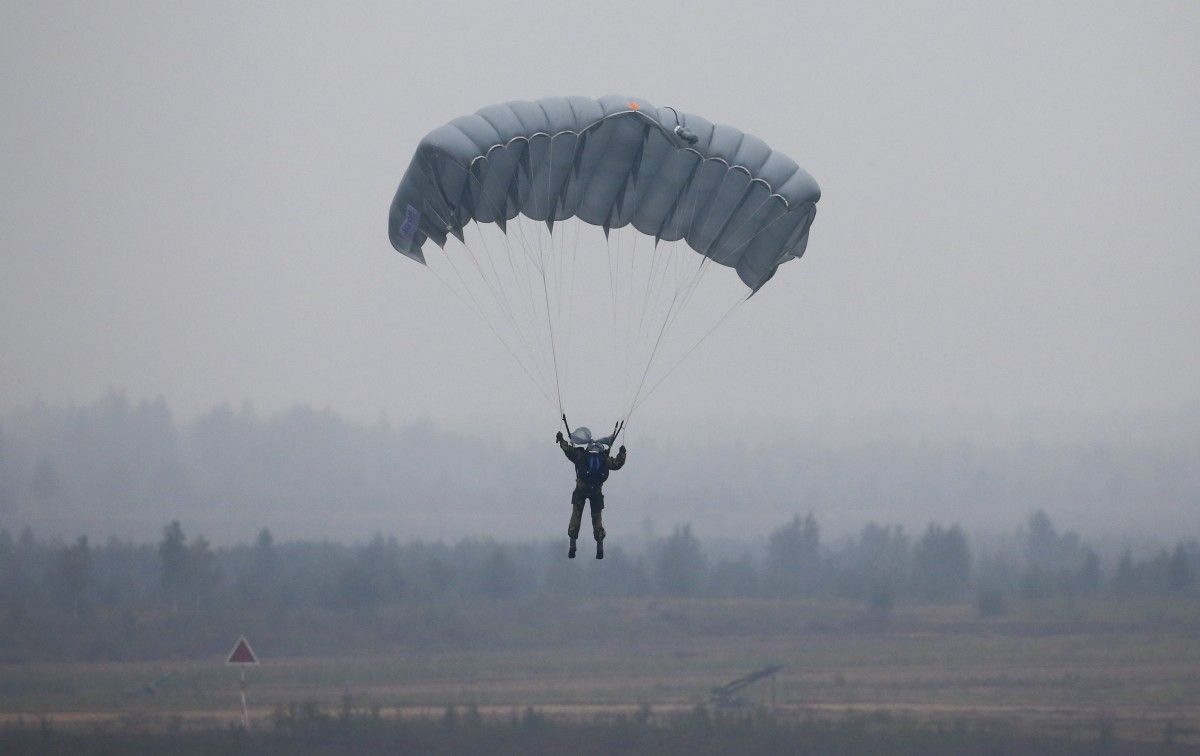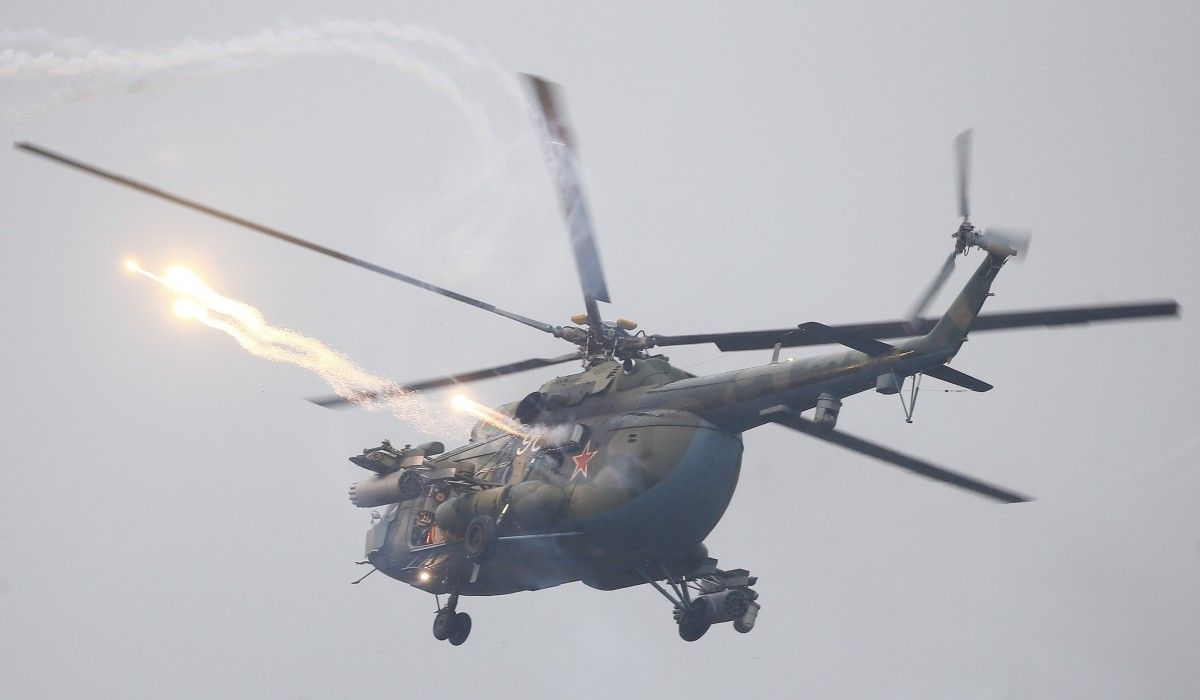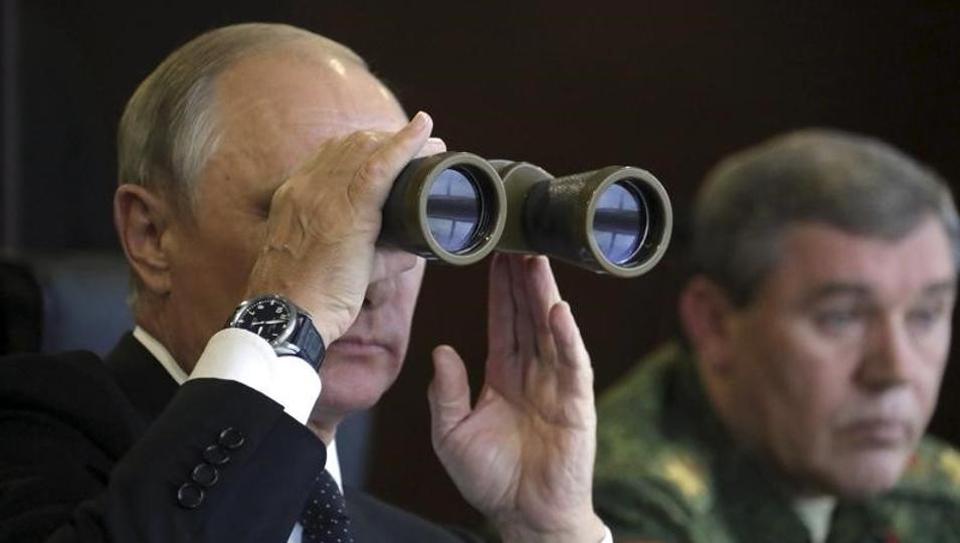Hindustani78
BANNED

- Joined
- Apr 8, 2014
- Messages
- 40,471
- Reaction score
- -47
- Country
- Location
http://tass.com/politics/962107
MOSCOW, August 25. /TASS/. West-2017 joint military drills between Russia and Belarus are purely defensive, while the actual number of troops and military equipment involved is less than claims made by the foreign media, the Russian Foreign Ministry said in a statement on Friday.
"The West-2017 combined military exercises involving the Russian and Belarusian armed forces are purely defensive," the statement reads.
"The hype over the drills is artificial and aimed at justifying the spending on NATO’s military build-up on Poland and the Baltic states in the eyes of the western audience," the statement adds.
"We would like to point out that it is these actions that raise military tensions in Europe - a fact that the western ‘soldiers of the pen and mic’ have been complaining about recently," the ministry said.
Number of troops
The Russian Foreign Ministry rejected the allegations which said that the number of the troops expected to participate in the military exercises had been deliberately understated, while the drills’ transparency was not ensured.
"The total number of troops and military equipment does not exceed the level subjected to mandatory monitoring of certain military activities, as it is stipulated by the 2011 Vienna document," the Russian Foreign Ministry added. According to the statement, "the drills, scheduled to take place on September 14-20, will involve up to 12,700 troops [7,200 Belarusian and 5,500 Russian, including 3,000 troops in Belarus], as well as around 70 planes and helicopters, up to 680 pieces of military equipment, including about 250 tanks, around 200 cannons, multiple launch rocket systems and mortars, and up to ten ships."
"It is far less that the claims being made by the media in connection with the upcoming military exercises," the statement says.
At the same time, the Russian Foreign Ministry pointed out that Belarus, acting on its own initiative, had invited representatives of the United Nations, Organization for Security and Cooperation in Europe (OSCE), NATO, Collective Security Treaty Organization (CSTO) and the International Committee of the Red Cross (ICRC), as well as diplomats and military observers from Latvia, Lithuania, Poland, Ukraine, Estonia, Sweden and Norway, to monitor the drills. Moreover, Belarus held a briefing on the sidelines of the OSCE Forum for Security Cooperation. "We welcome the steps taken by Belarus," the Russian Foreign Ministry noted.
Russian military experts, in turn, held a briefing dedicated to the drills in NATO headquarters on July 13. Until the end of August, the Russian Defense Ministry planned to organize another briefing for foreign diplomats and military experts accredited in Russia.
The drills
West-2017 military drills, scheduled to take place at six training ranges in Russia and Belarus on September 14-20, will involve around 12,700 troops. The number of troops expected to participate in the drills is less than that stipulated by the 2011 Vienna document (13,000). This is the reason why it is not mandatory to invite foreign observers to monitor the military exercises.
However, a number of western countries have been voicing their concern over the upcoming drills.
More:
http://tass.com/politics/962107
MOSCOW, August 25. /TASS/. West-2017 joint military drills between Russia and Belarus are purely defensive, while the actual number of troops and military equipment involved is less than claims made by the foreign media, the Russian Foreign Ministry said in a statement on Friday.
"The West-2017 combined military exercises involving the Russian and Belarusian armed forces are purely defensive," the statement reads.
"The hype over the drills is artificial and aimed at justifying the spending on NATO’s military build-up on Poland and the Baltic states in the eyes of the western audience," the statement adds.
"We would like to point out that it is these actions that raise military tensions in Europe - a fact that the western ‘soldiers of the pen and mic’ have been complaining about recently," the ministry said.
Number of troops
The Russian Foreign Ministry rejected the allegations which said that the number of the troops expected to participate in the military exercises had been deliberately understated, while the drills’ transparency was not ensured.
"The total number of troops and military equipment does not exceed the level subjected to mandatory monitoring of certain military activities, as it is stipulated by the 2011 Vienna document," the Russian Foreign Ministry added. According to the statement, "the drills, scheduled to take place on September 14-20, will involve up to 12,700 troops [7,200 Belarusian and 5,500 Russian, including 3,000 troops in Belarus], as well as around 70 planes and helicopters, up to 680 pieces of military equipment, including about 250 tanks, around 200 cannons, multiple launch rocket systems and mortars, and up to ten ships."
"It is far less that the claims being made by the media in connection with the upcoming military exercises," the statement says.
At the same time, the Russian Foreign Ministry pointed out that Belarus, acting on its own initiative, had invited representatives of the United Nations, Organization for Security and Cooperation in Europe (OSCE), NATO, Collective Security Treaty Organization (CSTO) and the International Committee of the Red Cross (ICRC), as well as diplomats and military observers from Latvia, Lithuania, Poland, Ukraine, Estonia, Sweden and Norway, to monitor the drills. Moreover, Belarus held a briefing on the sidelines of the OSCE Forum for Security Cooperation. "We welcome the steps taken by Belarus," the Russian Foreign Ministry noted.
Russian military experts, in turn, held a briefing dedicated to the drills in NATO headquarters on July 13. Until the end of August, the Russian Defense Ministry planned to organize another briefing for foreign diplomats and military experts accredited in Russia.
The drills
West-2017 military drills, scheduled to take place at six training ranges in Russia and Belarus on September 14-20, will involve around 12,700 troops. The number of troops expected to participate in the drills is less than that stipulated by the 2011 Vienna document (13,000). This is the reason why it is not mandatory to invite foreign observers to monitor the military exercises.
However, a number of western countries have been voicing their concern over the upcoming drills.
More:
http://tass.com/politics/962107


